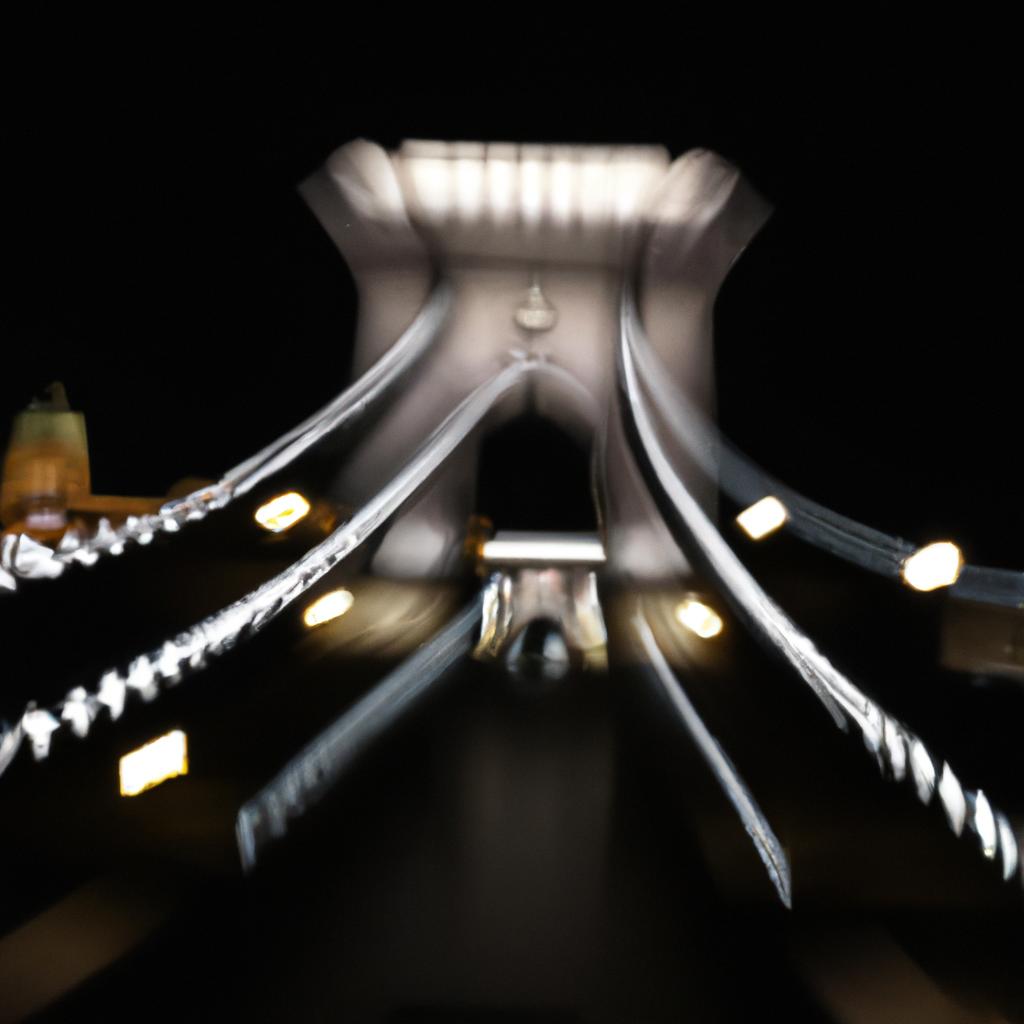Budapest, the captivating capital city of Hungary, boasts a wealth of architectural wonders. Among these majestic structures stands the Szchenyi Chain Bridge, a remarkable example of 19th-century engineering. This iconic bridge holds a significant place in Budapest’s history and culture, making it an essential destination for tourists worldwide. In this article, we will delve into the riveting history, design, and construction of this famous bridge, as well as its restoration and enduring significance to Budapest.
A Bridge That Withstands Time
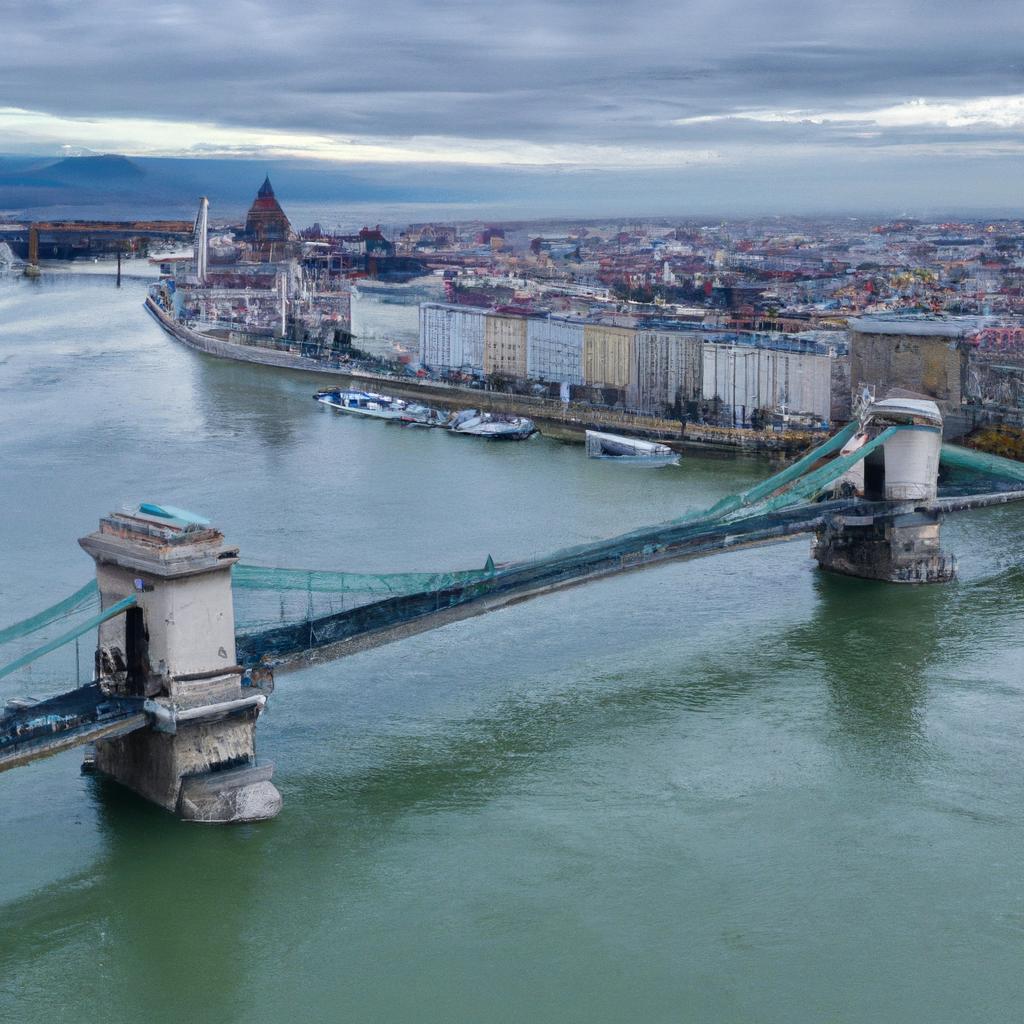
Budapest has always had a story to tell, and the Szchenyi Chain Bridge plays a vital role in narrating its history. Connecting the districts of Buda and Pest, this bridge is not just a means of transportation; it is a living piece of Budapest’s heritage. As you traverse this magnificent structure, you’ll find yourself immersed in the fascinating tale of a city united.
The Journey Back in Time
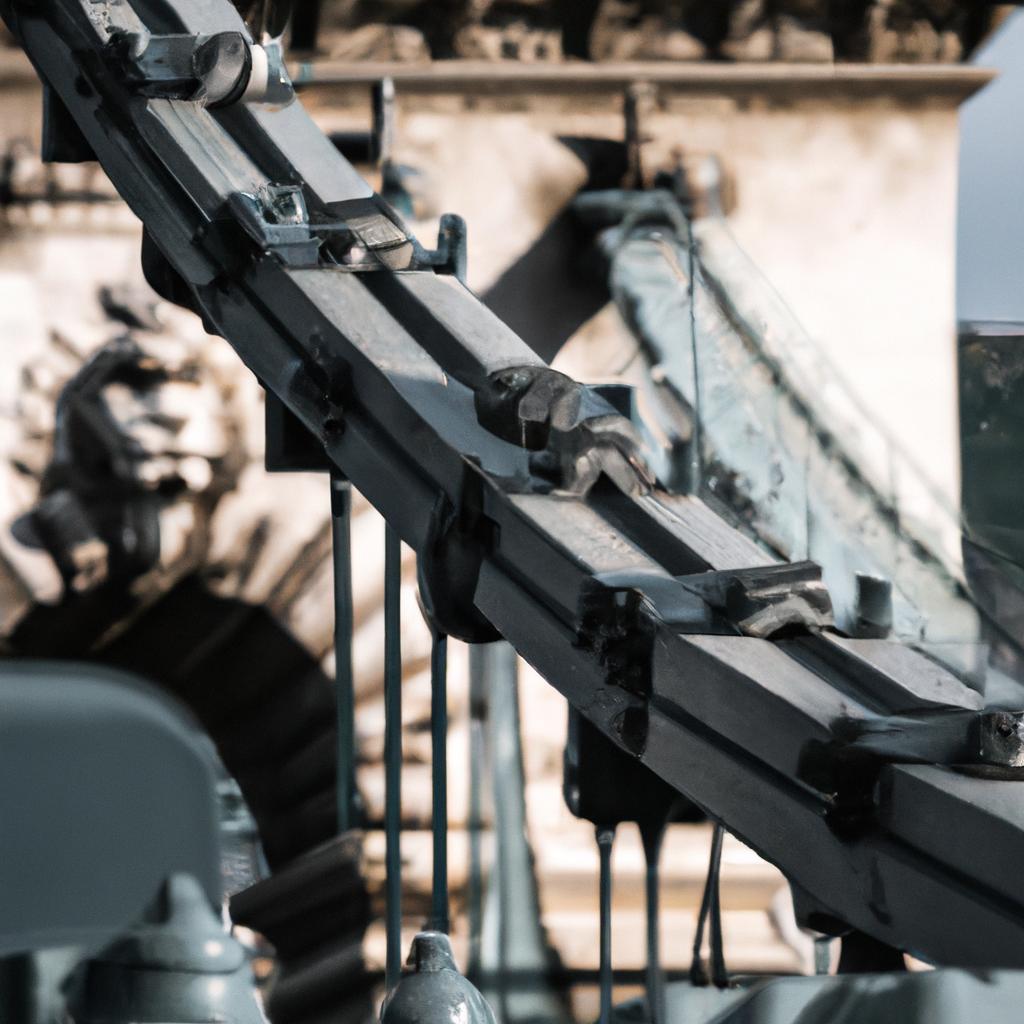
The Szchenyi Chain Bridge, affectionately known as the Chain Bridge, was the first permanent crossing built over the Danube River in Hungary. Named after Count Istvan Szchenyi, a Hungarian politician and reformer who greatly influenced the country’s economic development in the 19th century, the construction of this bridge commenced in 1839 and concluded a decade later, in 1849.
Symbolizing Unity and Progress
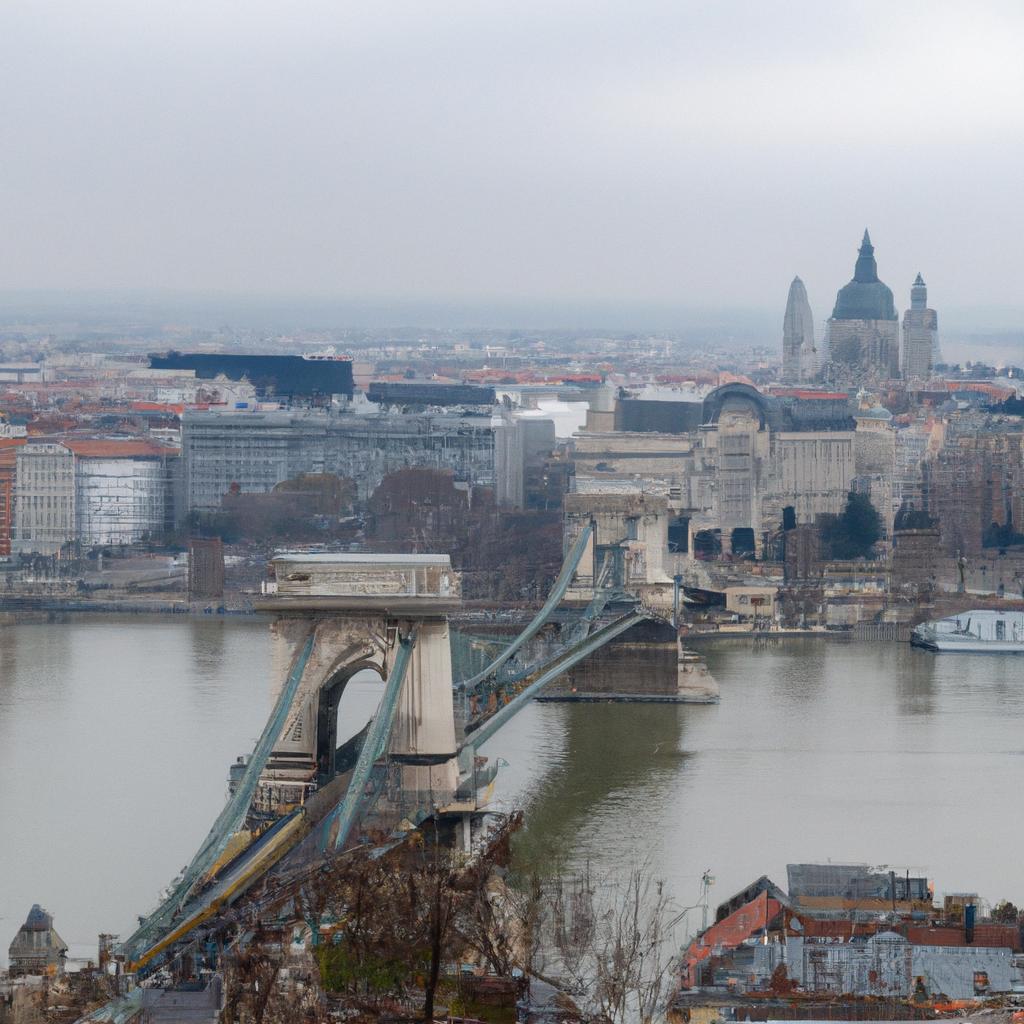
The Szchenyi Chain Bridge not only links the two halves of Budapest together but also symbolizes the city’s unity and progress. In 1873, the bridge played a pivotal role in the official unification of Buda, Pest, and Óbuda into the city we now know as Budapest. Today, this architectural marvel stands tall as a significant landmark and an irresistible magnet for tourists seeking breathtaking panoramic views of the city.
An Engineering Feat
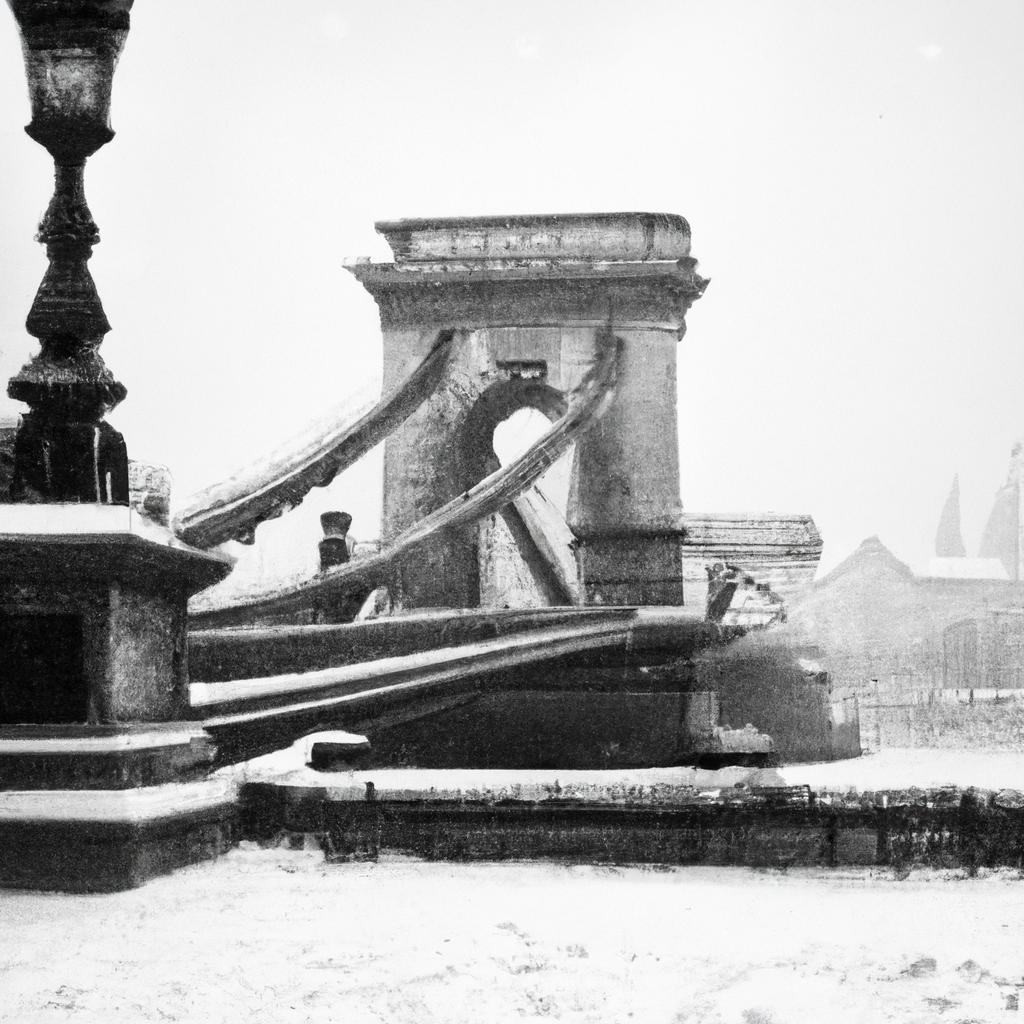
The construction of the Szchenyi Chain Bridge was no small feat, even by today’s standards. The bridge’s design relies on a chain suspension system, supported by two colossal stone pillars on either end. The deck, initially constructed with wood and later overlaid with asphalt, showcases the engineering brilliance of the time.
The journey to completing this magnificent structure was not without its challenges. The unstable riverbed of the Danube River posed one of the most significant hurdles during construction. To anchor the bridge’s foundation securely, builders resorted to a unique technique involving drilling holes into the riverbed and filling them with concrete.
The absence of advanced machinery and equipment further complicated the construction process, demanding immense labor and time. The workers persevered, employing traditional tools and techniques to bring their vision to life. Despite these challenges, the Szchenyi Chain Bridge was completed in just ten years, a testament to the determination and expertise of the people involved.
Restoration: Honoring the Past

Throughout the years, the Szchenyi Chain Bridge has undergone various renovations and restorations to maintain its structural integrity and preserve its historical significance. The most notable restoration project took place between 1980 and 1982 when the bridge closed to traffic for two years.
This significant restoration involved replacing the original wooden deck with a more resilient steel structure. The stone pillars and chains supporting the bridge underwent meticulous repairs, while modern lighting and electrical systems were installed, enhancing both safety and aesthetics. The restoration project concluded in 1982, and the bridge once again welcomed bustling traffic.
Today, the Szchenyi Chain Bridge is undergoing another restoration project, which began in 2019 and is set to finish in 2021. The ongoing endeavor includes repairing damaged stone pillars, replacing supporting steel cables, and repainting the bridge’s metalwork. This commitment to preserving historical landmarks highlights the city’s dedication to future generations, ensuring they can revel in the beauty of Budapest’s cultural heritage.
A Testimony to Resilience
The Szchenyi Chain Bridge holds immense significance in Budapest’s history and culture. Beyond its role in unifying the city, it played a vital part in propelling the country’s economic development. The bridge’s construction created new opportunities for trade and commerce, laying the foundation for Budapest’s flourishing economy.
This magnificent structure also stands as a symbol of Hungarian resilience. Throughout its existence, the bridge has weathered numerous challenges, including floods, wars, and even an attempted demolition by the retreating German army during World War II. Time and time again, the bridge has emerged stronger, rebuilt and restored, acting as a testament to the Hungarian people’s deep-rooted determination to preserve their cultural heritage.
Embrace Budapest’s Pride
In conclusion, the Szchenyi Chain Bridge is an iconic landmark that reflects Budapest’s rich history and culture. Its construction and restoration signify the unwavering spirit of the Hungarian people, dedicated to safeguarding their heritage. As Budapest continues to evolve, the Szchenyi Chain Bridge will remain an integral part of its identity, captivating visitors from all corners of the globe.
We, TooLacks, hope you found this article engaging and enlightening, offering deeper insights into the history and significance of the Szchenyi Chain Bridge. If you plan to visit Budapest, make sure to add this glorious structure to your itinerary. Experience the bridge’s grandeur firsthand, and let it transport you through time, immersing you in the stories of a city united.
